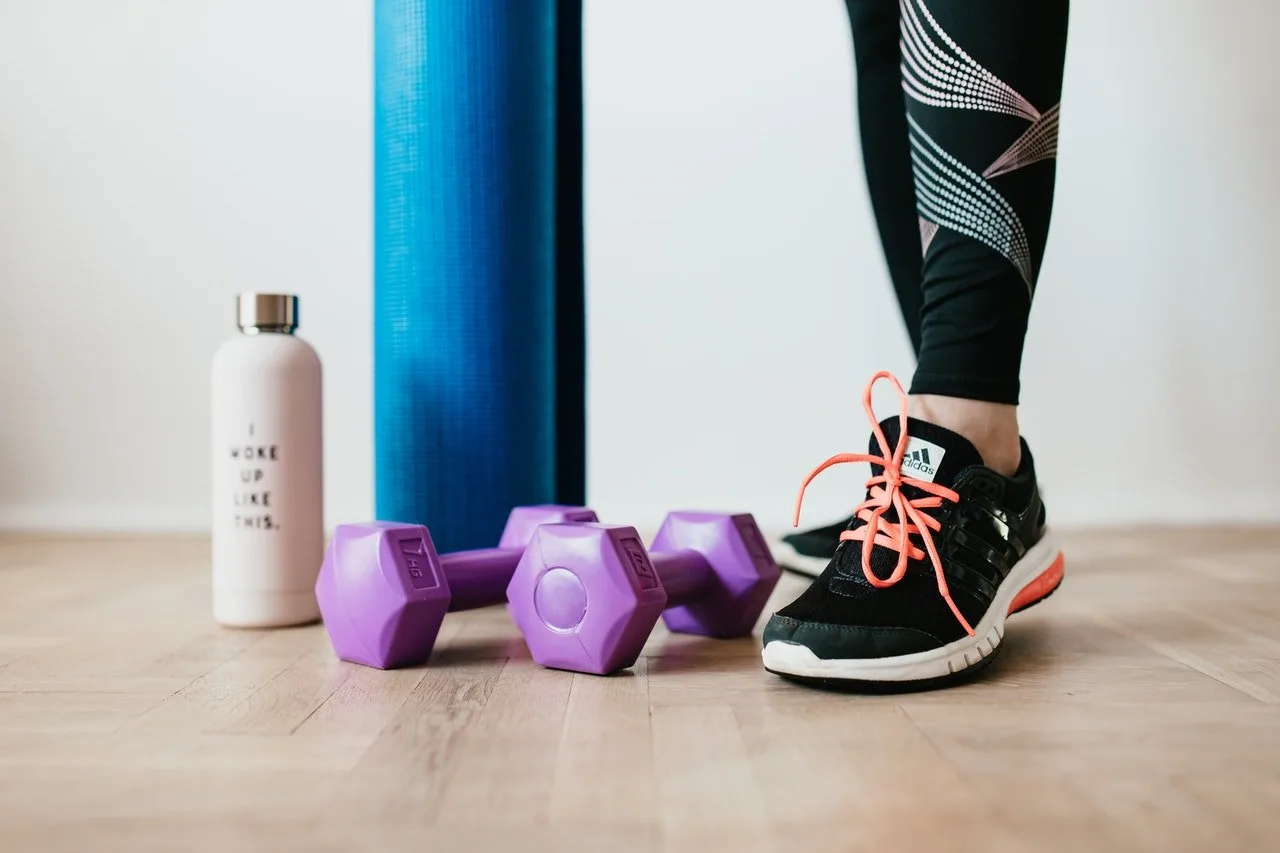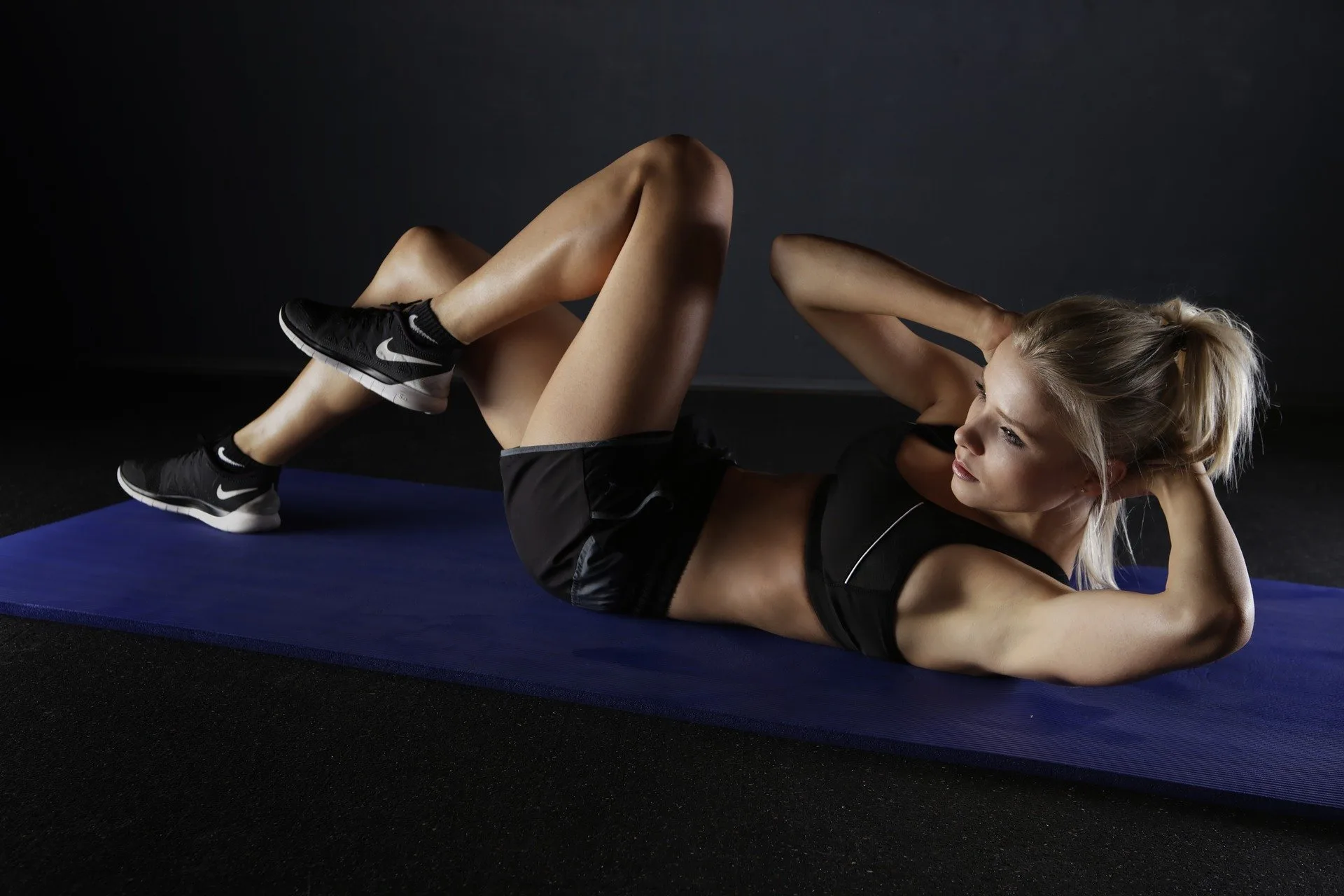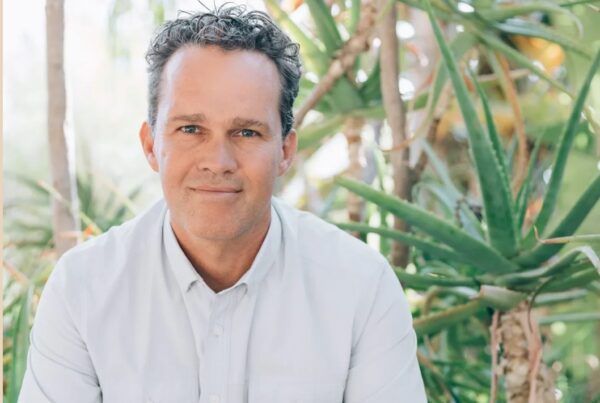It’s probably fair to surmise that COVID-19 has affected every one of us in some way or another. Not least in terms of our exercise regime. This is something many of us have probably taken for granted. We paid our monthly membership, turned up for a class or PT session whenever we wanted, and enjoyed a coffee with friends afterward.
And literally overnight, that all changed. Our lives became home-schooling, boredom, and hitting the fridge. We also endured being closed in with family members, stress, worry, and anxiety as we faced an uncertain future.
Within weeks, TV and Zoom became the new norm for workout regimes. For many of us, reawakening of the importance of exercise in keeping our mind and body in check was something we couldn’t have predicted.
So, what does the future of fitness hold for us, with the uncertainty of “real-time” training, and bricks and mortar? One thing is for certain, it has forced us to look at the vital role moving our body plays in preserving our health and longevity.
You can stop the clock with exercise
You can measure aging through your DNA… literally.
Your telomeres, which are found at the tips of your chromosomes, serve as protective caps for the genetic material in between. They are known to shorten as you age. They are, quite simply, one of the most important factors in extending lifespan.
The discovery of telomeres has completely changed the way researchers study longevity and the process of aging. The researchers who discovered telomeres won a Nobel Prize in 2009.
Telomeres get shorter each time a cell copies itself, but the important DNA stays intact. Eventually, however, telomeres get too short to do their job. This causes our cells to stop functioning optimally, and ultimately aging them. Stand up and pay attention to your telomeres; they act as the aging clock on every single cell in your body.
How does exercise help telomeres?
I set out to discover the link between exercise and telomere length, and my research findings were extremely positive. Exercise can take a whopping nine years off your DNA. According to research, it helps to reduce damage from free radicals. This allows your body to invest its resources in maintaining health, instead of repairing the damage.
Let’s put that research into action by keeping our telomeres lengthened and reversing the signs of aging through a regular balanced exercise regime.
Cardiorespiratory exercise
Adults should get at least 150 minutes of moderate-intensity exercise per week. These recommendations can be met through 30 to 60 minutes of moderate-intensity five days per week. If that’s not your style, you can also try 20 to 60 minutes of vigorous-intensity exercise three days per week.
Shorter intense sessions of at least 10 minutes three times a week are also acceptable.
Resistance exercise
Adults should train each major muscle group two or three days per week, using a variety of exercises and equipment. Two to four sets of each exercise, with anywhere between eight and 20 repetitions, will help adults improve strength and power.
Flexibility exercise
Adults should do flexibility exercises at least two or three days each week to improve range of motion. Each stretch should be held for 10 to 30 seconds, to the point of tightness or slight discomfort. Repeat each stretch two to four times, accumulating 60 seconds per stretch.
Mobility training
Moving all your joints through their various ranges of motion will help improve all aspects of your lifestyle. Aim to do three to four minutes of joint mobility most days.
Want to know more?
Telomeres are now considered the holy grail of longevity. These protective tails on the ends of chromosomes have been found to contain your “cellular age”. For more on what anti-aging secret telomeres can spill, click here.






![women [longevity live]](https://longevitylive.com/wp-content/uploads/2020/01/photo-of-women-walking-down-the-street-1116984-100x100.jpg)










